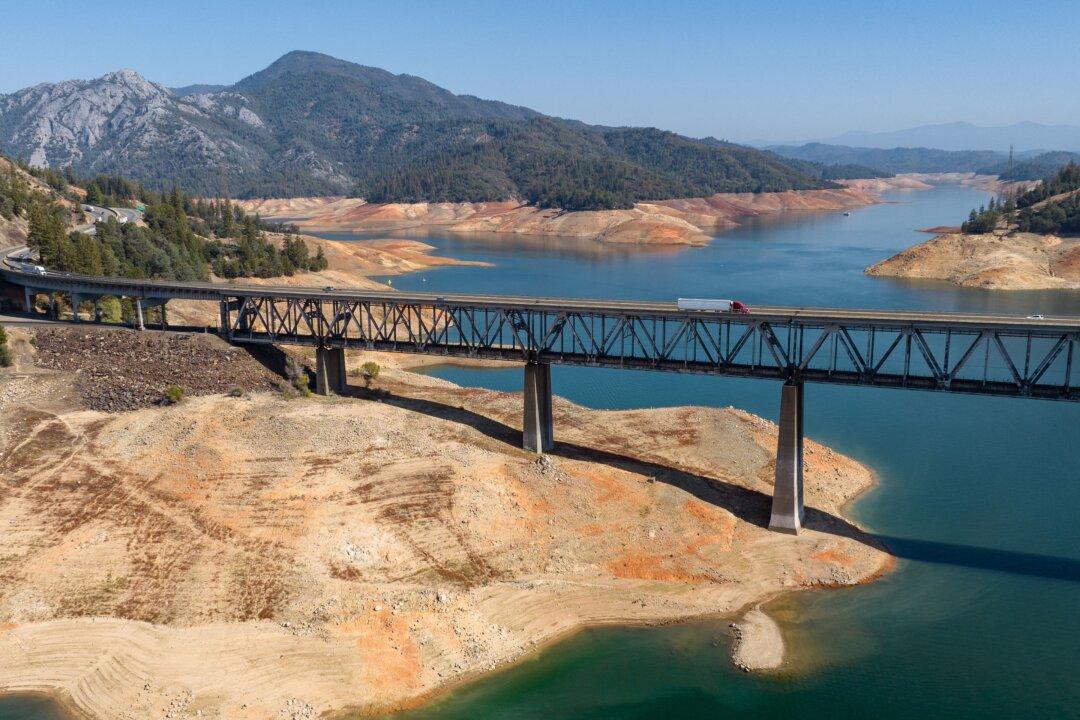Federal and state water agencies are warning California water users to prepare for a fourth year of drought as the state again faces water storage shortages.
The state expects another year of extreme drought following three of the driest years on record, as reported last month by the U.S. Drought Monitor.





